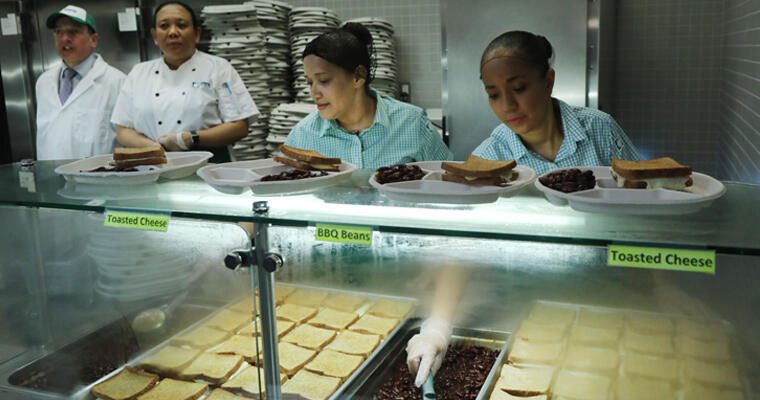Work isn’t supposed to be fun, but it still can be enjoyable. In K-12 and campus dining, where labor is hard to find and keep, don’t overlook employee engagement as a key to building a better, happier team.
In the midst of labor challenges, a strong retention program is critical for food and nutrition workers. This is true in public or private schools as well as colleges and universities. Any dining operation benefits from having more engaged employees.
Build structured programs
When you use strategies to identify areas of interest and promote learning new skills, you improve your staff and retain valuable employees. This applies to keeping long-time cafeteria staffers as well student workers semester over semester.
Here are some fun, structured programs you can build to engage employees.
1. Walk in your shoes
Inspire your employees by using everyday opportunities where they can watch what you do in your leadership role. Invite them to:
- Shadow you in daily meetings
- Listen in on operational reviews
- Watch safety checks
2. Become the expert
Ask team members to pick an area of interest. As they learn, have them teach others. At a minimum, you’ll open the door to cross-training. Specialty areas might include:
- Culinary skills
- Foodservice math
- Sanitation
- Food safety
- Nutrition/special diets
- Procurement/supply chain
- Budget tracking
- Catering/event planning
- Waitstaff training
3. Own a project
Encourage staffers to lead a project. They will exhibit their leadership style and fuel self-motivation as they work toward department goals. Project examples include:
- Reducing kitchen waste
- Theme days
- Social media/blog
- Community outreach
- Team activities
4. Host a mentoring program
Help team members shape aspirations and realize their potential. Consider including:
- Traditional mentoring: One experienced team member mentors a less-experienced one.
- Group or team mentoring: Leaders work with small groups of team members. A 1:4 ratio is advisable.
Engagement tips
Engaged and thriving employees are less likely to quit in the next 12 months. To reach them, it pays to understand that no two people learn or grow the same way. Recognizing generational differences and what they expect from you can be helpful.
Here is a breakdown of five main generations and their general learning styles:
- Traditionalists/veterans (born before 1945)—favor a structured, command and control learning program.
- Baby boomers (born 1945-65)—enjoy a personally-focused, classroom learning structure.
- Gen X (born 1966-76)—like structured lecture and small-group instruction.
- Millennials (born 1977-92)—prefer interactive, experiential and collaborative learning.
- Gen Z (born 1992 and after)—crave self-paced, self-directed, independent learning.
Remember that no generational breakdown is perfect. Avoid stereotyping the people you’re trying to engage by noticing differences and offering a variety of creative learning and upskilling methods.




























